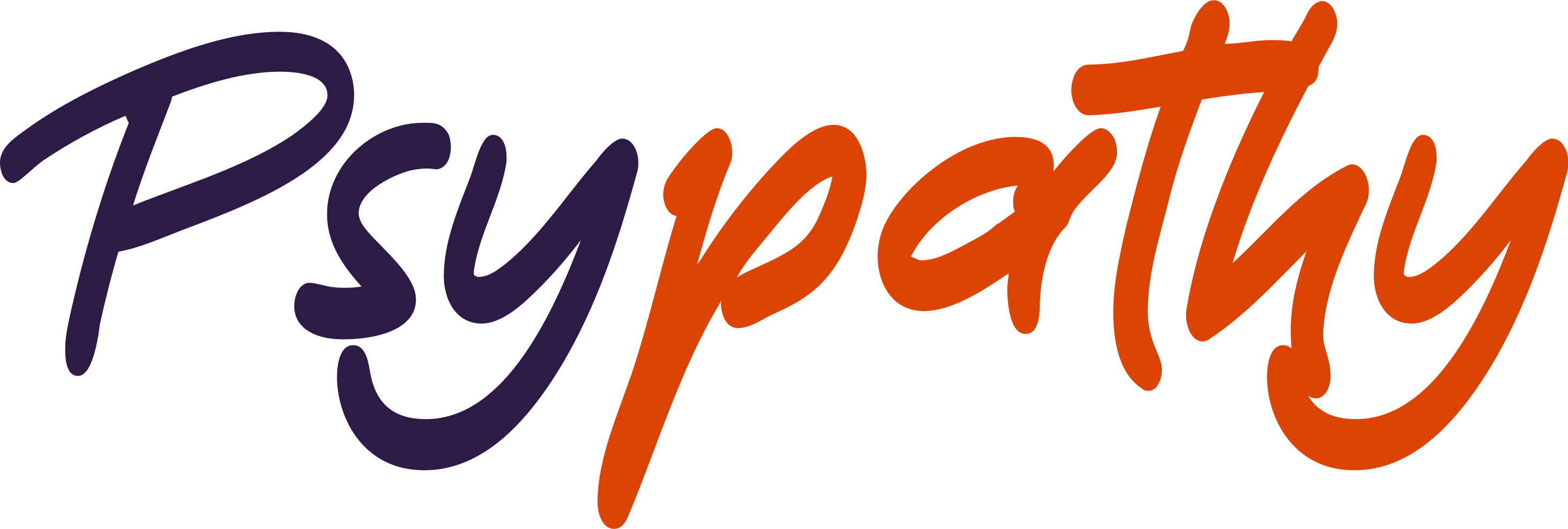Chandigarh the ‘City Beautiful’ has one of the best educational facilities in the country. Besides the Panjab University and the Postgraduate Institute of Medical Education & Research, it has an Engineering College, College of Arts, College of Architecture, a number of Government and Private Degree Colleges and other prestigious and important research institutions. However city lacked a Medical College for graduate i.e. MBBS and postgraduate studies for the students belonging to Chandigarh. Chandigarh Administration decided to establish a Medical College in Chandigarh to remove this deficiency. For this purpose the Department of Medical Education & Research was created. In pursuance of the No Objection Certificate issued by the Government of India, Ministry of Health & Family Welfare, Vide their U.O. No. 12013/31-90ME(P) dated 15-01-91 Government Medical College was started in 1991 with following broad objectives:
- To fulfill the glaring deficiency of an undergraduate Medical College in the Union Territory of Chandigarh which offers the best educational facilities in all other fields. The Government Medical College will be attached to a teaching hospital.
- To act as a center for Continuing Medical Education Programmes for various. categories of technical and non-technical personnel of different disciplines working within and from other institutions/hospitals.
- Ranked 25 in NIRF’s India Ranking 2020.
- To render facilities for conducting research activities relating to different specialties, as and when required.
The foundation stone laying ceremony was performed by the former Hon’ble Prime Minister of India, Shri Chandra Shekhar on 20 January, 1991 in Sector 32 on the quilt of 36.09 acre of land allotted by the Chandigarh Administration. Construction for this College and Hospital started in 1991 itself. In the meantime Government Medical College started functioning from Prayaas building, Sector 38, Chandigarh with General Hospital, Sector 16 as an attached teaching hospital.
The College was granted provisional affiliation for the MBBS course by the Panjab University, Vide letter No. 8334/Misc. dated 12.9.91, and permanent affiliation Vide letter No.2730/A-4/Misc. dated 3.4.99 for 50 admissions annually. Admissions to this Medical College have strictly been on merit on the basis of competitive examinations conducted by CBSE and Combined Entrance Test conducted by the Panjab University/NEET. The first batch of 50 students was admitted in August, 1991 and each subsequent year similar batches have been admitted. The first academic session was inaugurated in September, 1991 by Sh. Baleshwar Rai, the then Adviser to the Administrator of Chandigarh. The first batch of students passed their final MBBS examinations conducted by the Panjab University in January, 1996 and completed their 12 months compulsory rotating internship in January, 1997. College has been recognized for the award of MBBS degree by Government of India, Ministry of Health & Family Welfare w.e.f. 30 December, 1996, Vide letter No.34(41)98-Med./21035 dated 9.11.98, and has been included in the list of recognized Medical Colleges by the Medical Council of India Vide letter No.MCI-34(41)97-Med/2276 dated 25.4.97.
Since its establishment Government Medical College has achieved many milestones:
- It has been consistently ranked among top 25 medical institutions in India.
- It now offers postgraduate courses in Anaesthesiology, Anatomy, Biochemistry, Community Medicine, Dermatology, Forensic Medicine, General Medicine, General Surgery, Microbiology, Obstetrics & Gynaecology, Ophthalmology, Orthopaedics, ENT, Paediatrics, Pathology, Pulmonary Medicine, Psychiatry Radiodiagnosis, Radiation Oncology and Transfusion Medicine with total annual intake of 132 students. Postgraduate courses in other remaining subjects will be started soon.
- It offers undergraduate courses in many allied health sciences.
- It offers post-doctoral training in almost all clinical specialties which are highly sought-after due to the quality of training it provides.
- From academic session 2013-14, intake of MBBS students/year has been increased to 100.
- From academic session 2019-20, intake of MBBS students/year has been increased to 150.
Sorry, no records were found. Please adjust your search criteria and try again.
Sorry, unable to load the Maps API.

